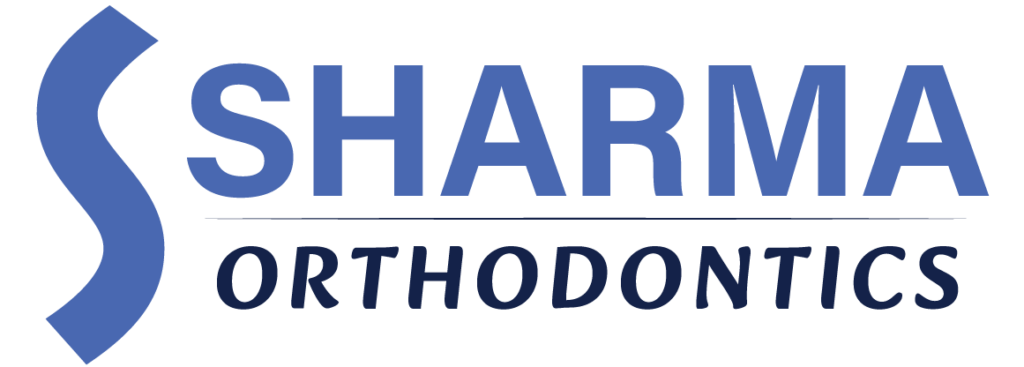Contents
Whether you missed out in your teenage years or are only just considering them now, there can be a big change in your life before and after braces – even as an adult. The good news is today’s braces are smaller, more comfortable and more streamlined than ever before – or maybe even what you thought braces would be like as a teenager.
While many adult patients may be hoping for a quick course of clear aligner treatment, the reality is, that for many adults, braces may still be the best option to get you the best result. And there’s nothing wrong with that!
To make the most of your new smile and the exciting journey you’re about to embark upon, we look at how you can adjust to life before and after your braces treatment.
How do I prepare for braces?
As any scout leader or teacher will tell you, always be prepared. In the lead up to your orthodontic consultation it’s best to:
Get a dental health check up
If you haven’t already done so, book an appointment with your family dentist to get a routine check-up and clean. Your orthodontist needs your teeth and gums to be healthy before your braces are fitted.
It is super important for your family dentist to check for any tooth decay and ensure any fillings are in tip-top shape before starting any orthodontic treatment. Although restorations can still be provided during an orthodontic treatment, needing restorations mid-treatment can cause an unnecessary delay or other complications.
Get your meal prepping in order
In the first few days after getting braces, you may experience some minor discomfort. So stock up on soft foods, such as soup, bananas, mashed potatoes, pasta, yoghurt, and smoothies.
Brush!
Also, be sure to thoroughly brush your teeth and floss in days before your appointment so that your teeth and gums are in the best possible condition on the day your braces are applied – even though we’re sure you’re already doing this all the time…
How do i take care of braces?
How your teeth will look after your braces come off depends a lot on how well you took care of them with the braces on. Here are some of the habits you can start the day after they are put on.
Limit your sugar intake
You should definitely avoid sugary foods and drinks as much as possible, as these can damage the enamel and cause decay around your brackets. Such damage will become more obvious when the braces are removed, and will sadly detract from your otherwise beautiful result.
Tea and coffee may also result in superficial staining, which can be cleaned off easily by your family dentist if required. Thoroughly rinsing your mouth after with water can be helpful, as can regular toothbrushing. Caffeine, which is contained in most tea and coffee, is also a diuretic, which can result in a dry mouth. Therefore drinking water with your tea or coffee is also recommended.
Try not to chew your nails or pens
If you’re the sort of person who’s always nibbling on their nails or pens, you’ll need stop it quickly! Such habits can damage or loosen braces which can require additional appointments to fix or even prolong your overall treatment.
Brush well – and brush often
When you wear braces, it’s much easier for little pieces of food and plaque to get trapped around your braces and cause problems. Please use a toothbrush with a small and soft head to access those hard-to-reach areas.
If you prefer to use an electric toothbrush, that’s fine too.
When you wear braces, we recommend brushing after every meal. Keeping a toothbrush, tube of toothpaste a small interdental brush handy in your bag is an easy way to make sure your mouth is clean and sparkling!
Rinse and floss too!
If you can’t brush your teeth after a meal, then rinsing your mouth with water can help to remove plaque and food build-up until you’re able to get to your toothbrush. Many braces-wearers can tell you that a small interdental brush can be a very discrete, easy-to-use and convenient companion for those with a busy schedule.
Daily flossing is very important to effectively remove plaque build-up, as well as any smaller food particles that are stuck in your braces or between your teeth. Flossing with braces can be fiddly, therefore ask your general dentist and orthodontist for some helpful tips like using a floss-threader.
Visit your orthodontist
When you have braces, you might need to see your orthodontist more often. Make sure to attend these appointments.
What to expect for getting your braces off
A full course of orthodontic treatment can take anywhere from 6-24 months depending on the amount of correction required – but no matter how long your treatment lasts, there’s nothing quite like getting your braces off! Here’s what you should expect:
The procedure itself
Happily, having your braces removed is simpler and quicker than having them applied, with the full procedure generally taking less than an hour.
First, your orthodontist removes the braces, often with archwire still intact, from your teeth, in one long piece. They will use specially designed pliers to gently squeeze the bottom of each bracket, which debonds the brackets from your teeth.
After carefully taking off each bracket, your clinician will remove the remaining bonding glue from your teeth with a special polishing tool. Expect to feel some mild vibrations during this cleaning process, which generally takes around ten to fifteen minutes.
Retainer time
Once your teeth are clean, a digital scan or custom mold of your teeth will be taken, so a retainer can be designed to maintain the position of your teeth.
Whether you get a fixed retainer wire glued behind your teeth, a removable retainer with a wire and acrylic, or a clear retainer, it’s important that you wear it exactly as prescribed by your orthodontist.
As every patient is different, your retainers, and the amount of time you need to wear them, will be customized for you.
Tender teeth
It’s not uncommon for people to have sensitive gums or teeth for a little while after having their braces removed. So, you may still want to take a few more days before getting stuck into all the crunchy or chewy foods that you avoided while wearing braces, and if you’re considering teeth whitening, please speak to a dental professional rather than going the DIY route. As with mail-order or DIY orthodontics, mail-order DIY tooth whitening also can be risky.
Not sure what your journey will entail?
Everyone’s orthodontic journey will be different, because our teeth and jaws and gums are unique to us. The best way to understand exactly what your journey will look like is to book an appointment with US at Sharma Orthodontics for an assessment and treatment plan.

